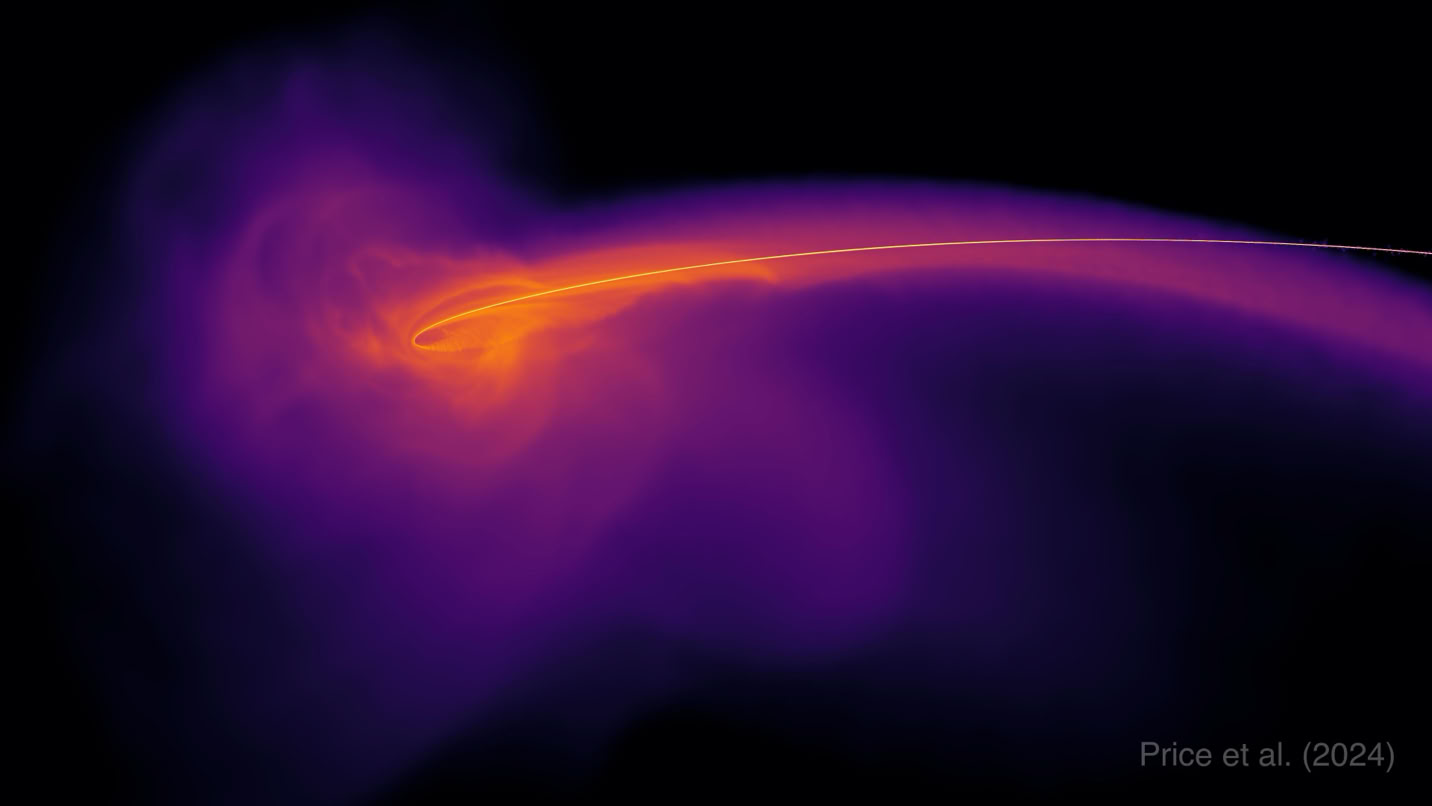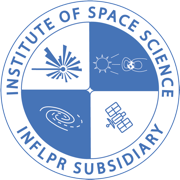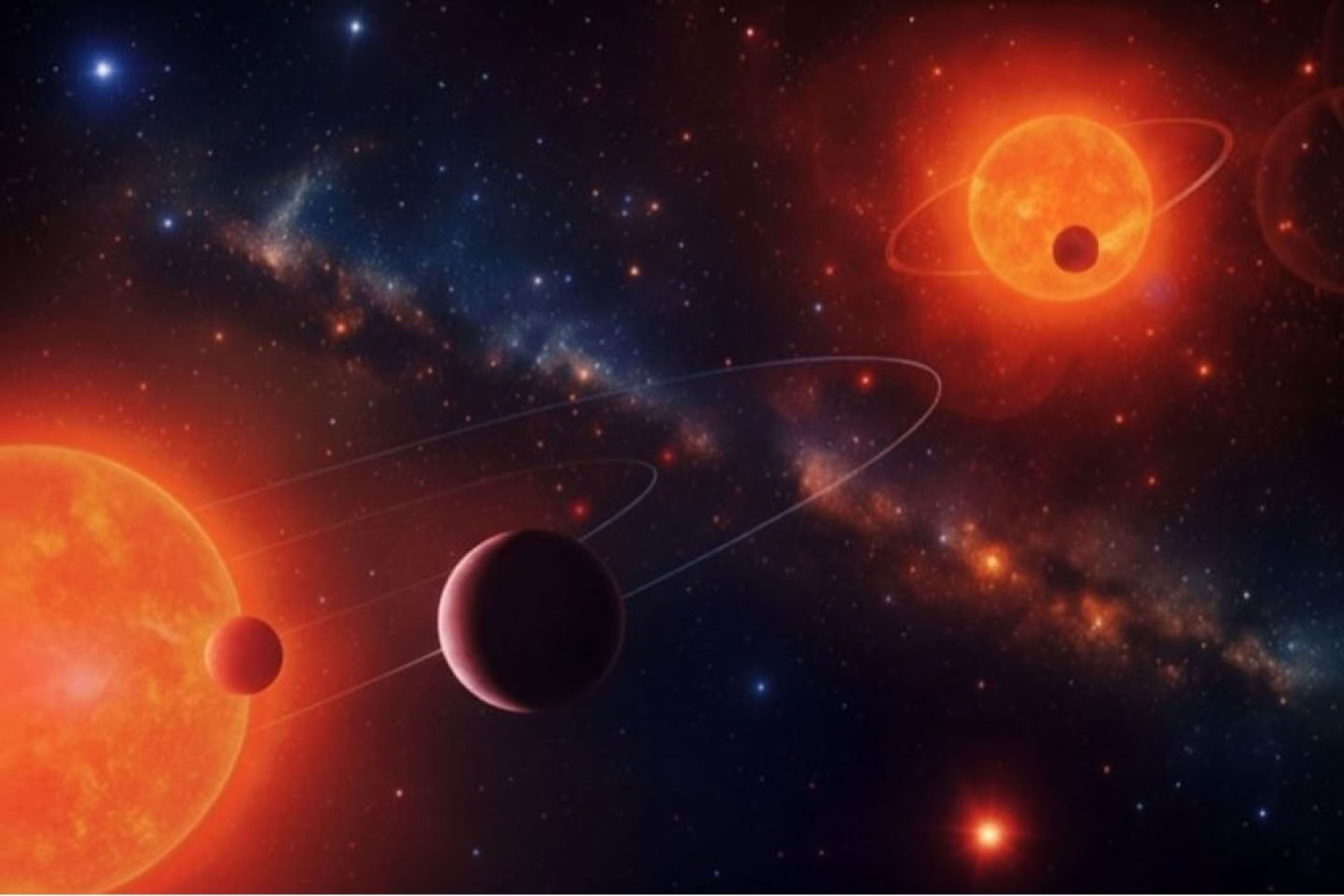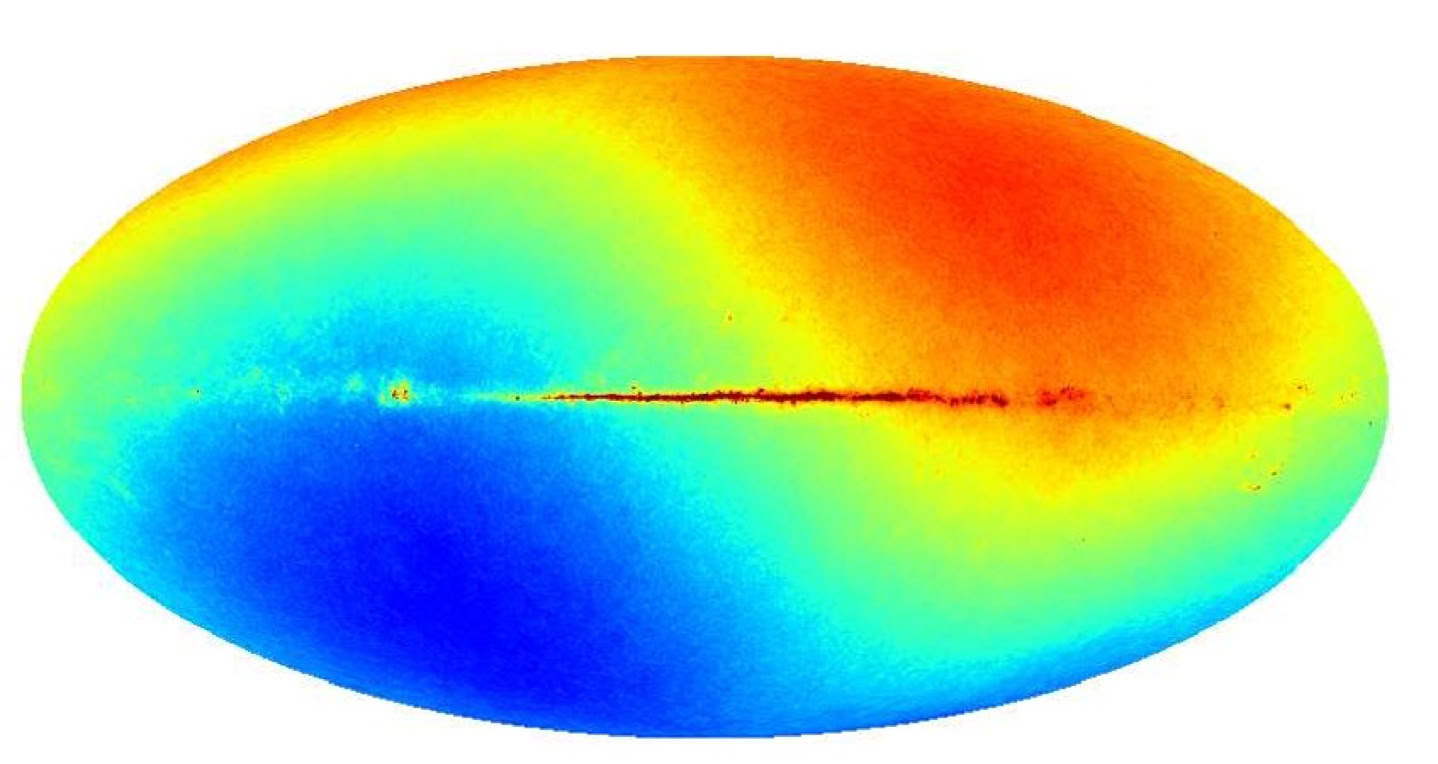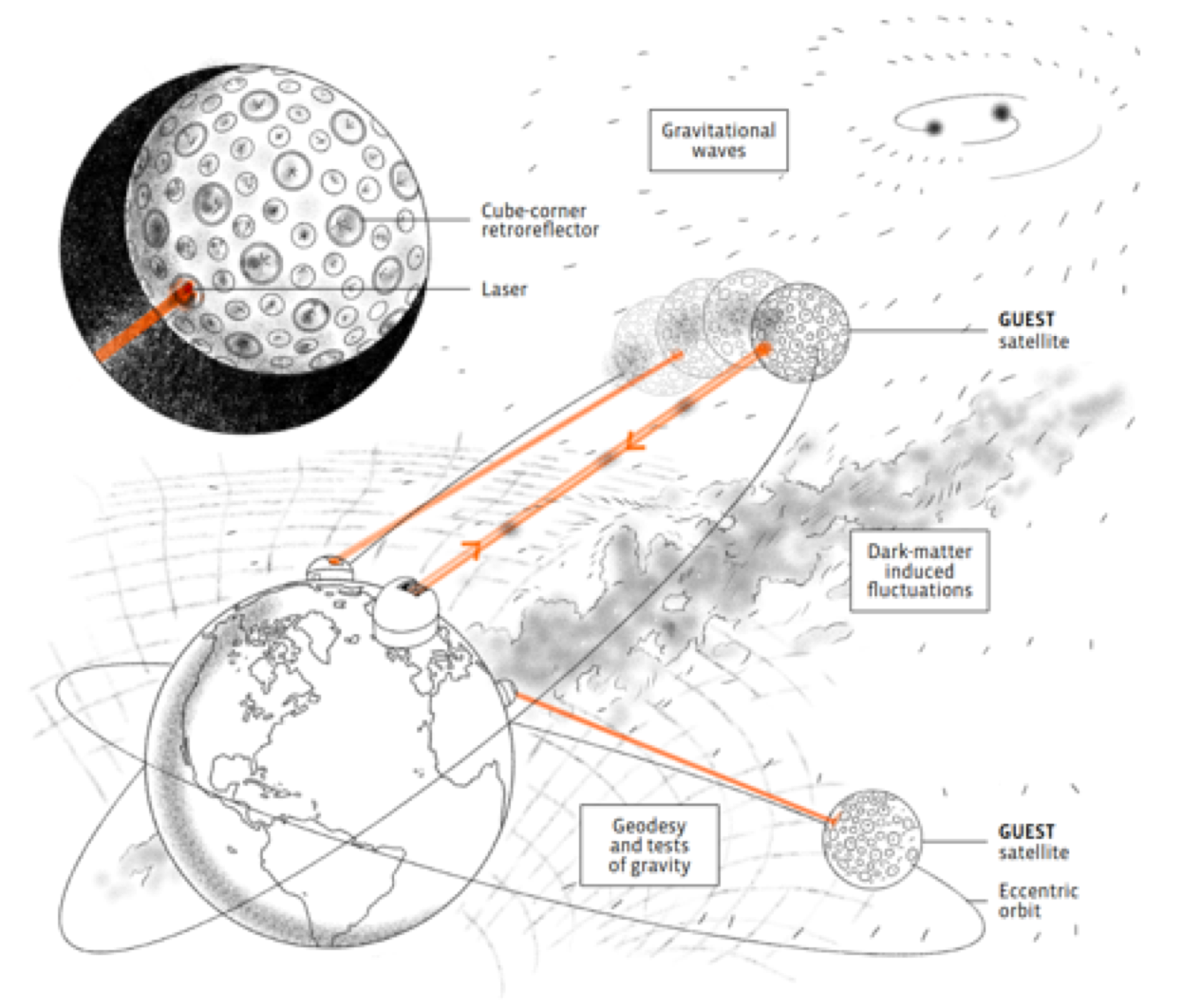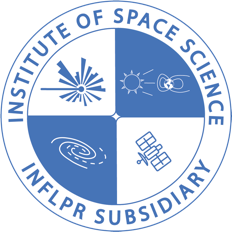Credit: "Effort.jl: a fast and differentiable emulator for the Effective Field Theory of the Large Scale Structure of the Universe" by Marco Bonici, Guido D'Amico, Julien Bel and Carmelita Carbone (2025, JCAP)
October 2025 — A team of cosmologists and computational scientists has unveiled Effort.jl, a breakthrough open-source software package that promises to transform how researchers model the large-scale structure of the Universe. Effort.jl uses modern machine-learning techniques to predict how galaxies and dark matter are distributed across the cosmos. Developed in the Julia programming language, it makes complex cosmological calculations millions of times faster than traditional simulations, while remaining precise and fully open-source.
The Universe isn’t random — galaxies are arranged in a vast, interconnected “cosmic web” of filaments and voids. To understand how this structure formed, scientists run enormous computer simulations that follow the movement of matter and energy over billions of years.
Projects like IllustrisTNG, Millennium, and Abacus have revealed breathtaking detail in how galaxies form, but they require supercomputers running for weeks or months at a time. For cosmologists trying to test different models of dark matter, dark energy, or gravity, that’s a major bottleneck.
To bridge this gap, scientists have turned to emulators: machine-learning models trained on suites of simulations that can predict observables, such as galaxy power spectra, in milliseconds rather than hours or days. Emulators make it possible to carry out high-precision inference and forecasting at the scale of modern datasets.
That’s where Effort.jl comes in. Instead of rerunning full simulations each time, Effort.jl acts as a “smart shortcut” a lightning-fast emulator that learns from detailed simulations and can instantly predict what the Universe should look like under different physical conditions.
Because it’s built in Julia, Effort.jl is not only fast but also differentiable — meaning it can automatically track how small changes in cosmic parameters affect the final predictions. That makes it ideal for exploring how sensitive our Universe is to quantities like the amount of dark energy or the strength of gravity.
The tool’s open architecture allows researchers worldwide to adapt it for new surveys, extend it to more complex models, or combine it with other simulation codes. Future work will expand Effort.jl’s reach, incorporating more detailed physics, testing against real survey data, and connecting with other emulators for cosmic microwave background or gravitational lensing studies making a step forward toward a “digital twin” of the Universe
As cosmology enters the precision era, tools like Effort.jl will be essential for extracting the maximum information from vast astronomical datasets — turning terabytes of survey data into sharper insights about dark matter, dark energy, and the fundamental physics of the Universe.
Reference:
"Effort.jl: a fast and differentiable emulator for the Effective Field Theory of the Large Scale Structure of the Universe" by Marco Bonici, Guido D'Amico, Julien Bel and Carmelita Carbone (2025, JCAP).
